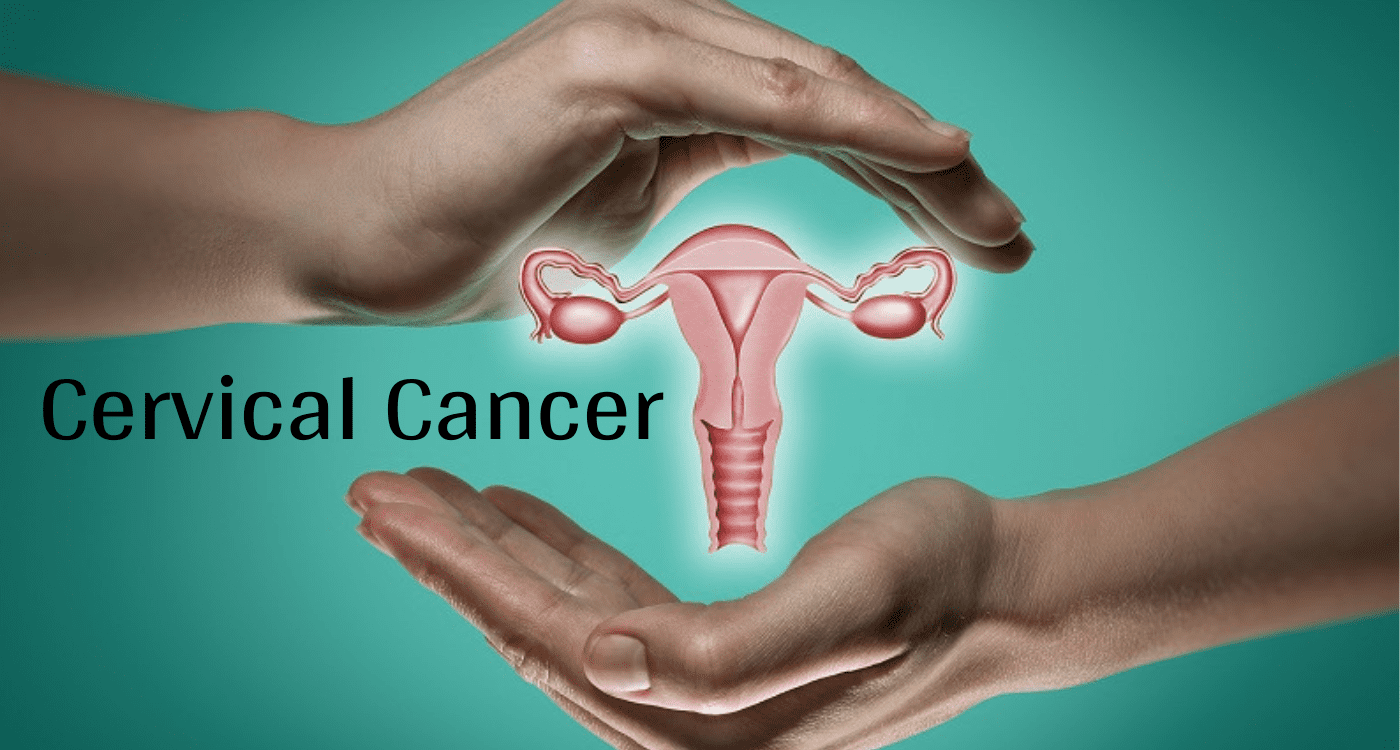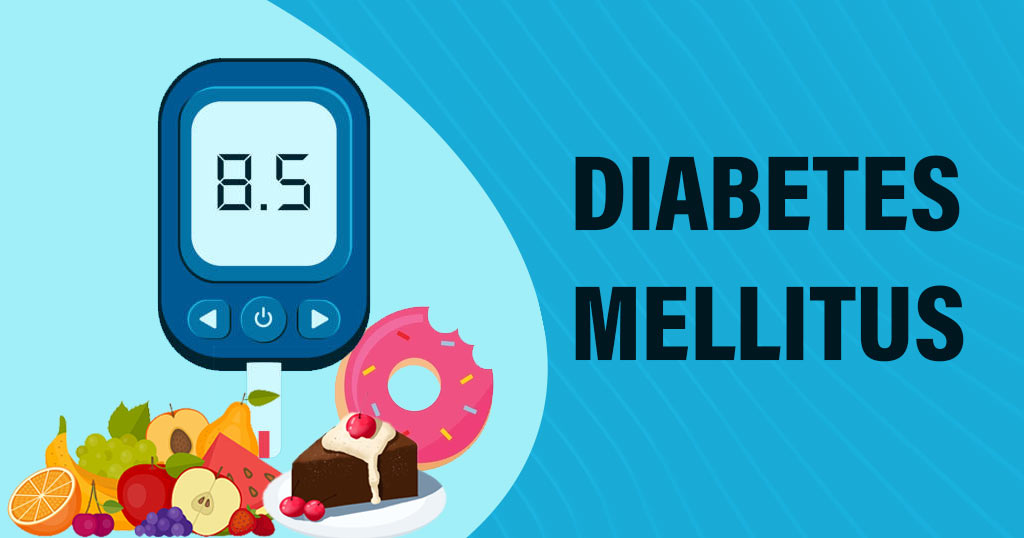Cervical Cancer

CERVICAL CANCER: RISK FACTORS, SCREENING, PREVENTION.
STUDENT OF KARAGANDA MEDICAL COLLEGE (KMU), KARAGANDA, KAZAKHSTAN.
CORRESPONDING AUTHOR; MANSURI SOHAIL, MBBS
G-MAIL:Sohail09sm5378@gmail.com
Abstract :
AIM; This study was planned to find out awareness about cervical cancer, risk factor of cervical cancer, prevention. This article will help to get knowledge about cervical cancer.
Cervical cancer is one of the main causes of cancer death amongst women worldwide. Approximately 90% of the new instances and deaths international in 2020 passed off in low- and center-earnings nations. Human-Papilloma-virus (HPV) sorts are accountable for nearly 50% of excessive grade cervical pre-cancers. Cervical cancer occurs mainly due to HPV 16(MC) & 18 Infection. This is continuously a major health issue for women in India also. Screening Programmes of cervical cancer are used to determine cervical abnormalities, lesions and early stage cancer. Screening Programmes are useful to saving lives & reducing morbidity. In low economic country VIA(visual inspection with acetic acid) used instead of Screening because of cost ; but in this mortality remain high. My Article; explain about (risk factors, prevention and screening). Now-days Programmes of vaccination also running against the most Oncogenic types of HPV.
KEYWORDS;Cervical Cancer, Risk Factors, Screening &Prevention.
INTRODUCTION; Cervical cancer is the fourth most commonplace most cancers among girls globally, with an estimated 604 000 new instances and 342 000 deaths in 2020. Approximately 90 % of the brand new instances and deaths worldwide in 2020 befell in low- and middle-profits nations.
Human papilloma virus (HPV) kinds (sixteen and 18) are accountable for almost 50% of high grade cervical pre-cancers. HPV is particularly transmitted through sexual contact and most of the people are inflamed with HPV shortly after the onset of sexual hobby. More than ninety% of them clear the contamination finally. Ladies living with HIV are 6 instances much more likely to broaden cervical most cancers compared to ladies without HIV. Vaccination towards HPV and screening and treatment of pre-cancer lesions is a price-powerful manner to save you cervical most cancers. Cervical most cancers can be cured if recognized at an early level and handled directly. Comprehensive cervical most cancers manipulate includes number one prevention (vaccination towards HPV), secondary prevention (screening and treatment of pre-cancerous lesions), tertiary prevention (analysis and remedy of invasive cervical cancer) and palliative care.[1]
Risk Factors For Cervical Cancer; A risk component is anything that increases your chance of getting a sickness consisting of cancer. Extraordinary cancers have unique risk elements. As an instance, exposing skin to sturdy daylight is a risk issue for skin cancer. Smoking is a danger component for many cancers. However, having a danger aspect, or even several, does no longer suggest that you'll get the sickness.[2]
Many factors can increase chance of developing cervical cancer. Factors are;
HPV - HPV infects the cells on the surface of the cervix, which is the decrease a part of the uterus that connects to the vagina. If the contamination persists, it can reason modifications inside the cells of the cervix which can result in cancer over time. There are numerous exceptional kinds of HPV, however sure sorts are more likely to cause most cancers than others. HPV sorts 16 and 18 are liable for about 70% of all cervical cancers. other excessive-danger forms of HPV include types 31, 33, 45, 52, and 58.
HSV
Commercial Sex Worker
Multiparous Women
Low Socio Economic Status
Smokers
Early Intercourse
Screening & Prevention;
Q. what is Screening ?
The screening is a public health intervention that targets the asymptomatic population. Screening was not done to diagnose the disease, but to identify people who may have the disease or who are susceptible to the disease. Not all diseases are eligible for screening. The following criteria help determine whether an audit is appropriate:
• The issue must have serious consequences.
• The disease must be in a detectable, asymptomatic stage.
• Treatment in the preclinical phase should be beneficial for long-term disease and disease surveillance.
•People with positive screening results should be treated. Precancerous lesions of the cervix - The natural course, diagnosis and treatment options meet these criteria.[3]
Q what is Prevention?
Working to Protect Patients or the public from actual or potential threats to health and their consequences.
Prevention is action aimed at eliminating, eliminating or reducing the effects of disease and disability.
As we know that Screening plays important role in cervical cancer. We can say that Screening helps in the prevention of the cervical cancer. Cervical cancer diagnosis usually includes: Pap smear, Lugol iodine acetate visualization(VIA/VILI), liquid-based cytology(LBC), and HPV testing. Since the 1950s, the burden of cervical disease has been reduced by Pap smears in developed countries, especially in the United States.
However, the accuracy of Pap smears is easily affected by the following factors: level of cytology testing, experts and staff, samples, slide quality, staining procedures, knowledge of cytology staff, etc. While the sensitivity of cytology is as high as 80%-90% in developed countries with advanced testing and study levels, the sensitivity can be as low as 30%-40% in regions with limitations. To overcome the limitations of the Pap smear in the diagnosis of cervical cancer, LBC was developed and was approved for clinical use by the US Food and Drug Administration (FDA) in 1996. Compared with Pap smear, the sensitivity of LBC is greatly improved. At the same time, developing countries have developed and implemented LBC screening programs to ensure the continuity and effectiveness of cancer screening strategies.
Cervical cancer screening has been encouraged since the cause clarified. HPV-based testing may be a significant portion for cervical cancer screening other than cytology-based tests.
Pap-Smear Screening
Age to start: 21 years irrespective of intercourse.
Instrument used: Ayer's Spatula.
Sample site: Transformation zone.
*TIME TO DO PAP SMEAR
• Any woman › 21yrs of age
(Any women 3 yrs after 1st sexual exposure, in India)
• From 21 to 29 years, sexually active women should have cytology every 3 years.
• From 30-65 yrs: Co- TEST [PAP + HPVI: if negative then 5 yearly
• If only cytology done, then once in 3 years if cytology is negative
• After 65 yrs: No more PAP, if 3 cytology are negative or 2 Co-TEST are negative.[4]
The future of Cervical Screening;
Because HPV-related primary lesions are rarer in countries with HPV vaccines, major revisions of cervical cancer prevention guidelines may be needed.
An important objective is to identify evidence-based screening strategies for HPV-vaccinated women. Until herd immunity is achieved, specific screening protocols based on vaccination status rather than a "one size fits all approach" are needed.
A 2015 consensus conference in Italy recommended that vaccinated women start screening with an HPV test at age 30. There are strong reasons to use a longer interval to protect HPV-negative women, but more research is needed to determine the optimal interval . A study published in November 2017 by Fertility Research used a microsimulation model using real published data to determine the appropriate interval for vaccinated women, showing that women in the UK who received two doses of the vaccine only needed three cervical screens in their lifetime. Longer intervals and delays in screening can have a positive economic and organizational impact by reducing workload and unnecessary referrals and treatments. [5]
CONCLUSIONS; In conclusion, Cervical cancer can be caused by a HPV infection and approx 99% reason of cervical cancer is HPV. The cell procedure that goes wrong to form a tumor is mitosis. Cervical cancer can be benign(means non-cancerous)& malignant(means-cancerous).Cervical cancer is 100% preventable disease if we detect in early stages before the tumor spreads.
Cervical cancer remains a gigantic burden of illness for ladies in resource-limited settings.
• HIV disease is related with higher frequency of cervical cancer and CIN/SIL.
• Choices to cytology, such as HPV testing, are basic to guarantee satisfactory scope and fitting interventions.
• Community organization is key.
• In spite of the fact that current antibodies are exceedingly successful in ladies, usage of HPV inoculation in creating nations remains a challenge.[6].
Reference -
American Cancer Society (ACS): The ACS provides comprehensive information on cervical cancer, including risk factors, symptoms, diagnosis, treatment options, and prevention strategies. Their website offers resources for both patients and healthcare professionals.[1]
World Health Organization (WHO): The WHO provides global information on cervical cancer, including statistics, prevention efforts, screening guidelines, and treatment options. Their website offers valuable resources for understanding cervical cancer on a global scale.[2]
National Cancer Institute (NCI): The NCI, part of the U.S. National Institutes of Health (NIH), offers comprehensive information on cervical cancer, including research updates, treatment options, clinical trials, and supportive care resources.[3]
Mayo Clinic: Mayo Clinic's website provides reliable information on cervical cancer, including symptoms, causes, risk factors, diagnosis, treatment options, and prevention strategies. They offer a user-friendly interface with accessible content for both patients and healthcare providers.[4]
Centers for Disease Control and Prevention (CDC): The CDC offers a dedicated section on cervical cancer, providing information on prevention, screening, vaccination, and resources for both individuals and healthcare professionals.[5]
Cancer Research UK: Cancer Research UK provides information on cervical cancer, including risk factors, symptoms, diagnosis, treatment options, and research updates. Their website offers resources for patients, caregivers, and healthcare professionals.[6]
Articles from Sohail Mansuri
View blog
Author :- Mansuri Sohail (4004) ,MBBS Student . · Karganda Medical University PNEUMONIA :- · Introd ...

MANSURI SOHAIL · Keywords – SUBSTANCES,HARMFUL USE,ETIOLOGY,TREATMENT. · Abstract- This is a modern ...

Diabetes mellitus · Diabetes mellitus · REVIEW ARTICLE · Overview: DIABETES MELLITUS · MANSURI SOHAI ...
Related professionals
You may be interested in these jobs
-
Director of Operations
Found in: Talent IN 2A C2 - 18 hours ago
OpSec Security Coimbatore, IndiaOpSec is the world leader in brand authenticity and integrity, with a heritage spanning more than 40 years. We serve many of the world's leading brand owners, licensors, and media rights owners (including around half of the Interbrand 100 Best Global Brands 2021) and are the only ...
-
R&D Engineer Noida
Found in: Appcast Linkedin IN C2 - 18 hours ago
Synopsys Inc Noida, IndiaPrimary Responsibilities: · As part of the team, design, develop and drive improvements to the software · Support the existing functionality and continually strive to enhance the versatility, performance and memory utilization while improving quality of the software. · Work requ ...
-
System Administrator
Found in: Appcast Linkedin IN C2 - 18 hours ago
Cricbuzz Bengaluru, IndiaSystem Admin: · Experience - 4 to 8 Years · Manage all aspects of IT infrastructure, including hardware, software, networks, servers, and security. · Ensure IT systems operate smoothly, reliably, and meet business needs. · Administer Google Workspace and manage software licensin ...



Comments